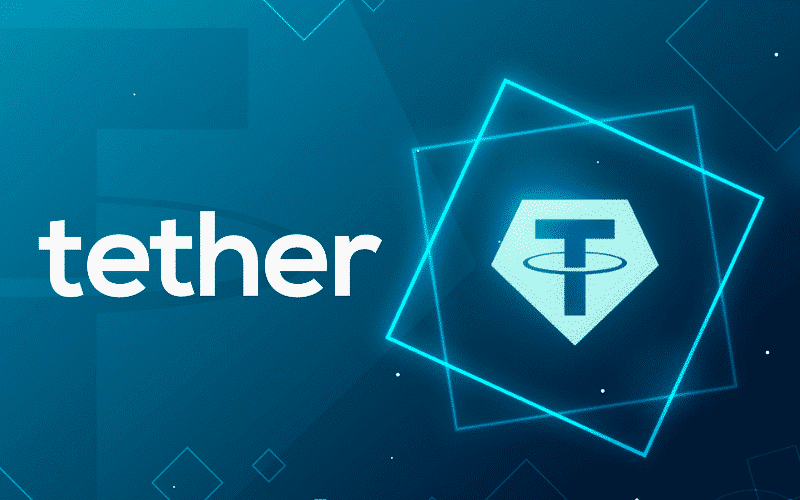While the traditional financial and banking sectors are facing turmoil, the leading stablecoin issuer Tether touted its stability, maintaining its secure loan strategy amid the scrutiny.
The Wall Street Journal (WSJ) has frequently drawn attention to Tether’s operations, raising questions about its security and lending.
However, a closer examination reveals a company that has accumulated over $3.3 billion in excess reserves, positioning itself to offset secured loans and retain substantial profits within its balance sheet.
In the official blogpost, Tether stated that “Anyone with a minimum understanding of financial markets would see how a company having $3.3 billion in excess equity and on track to make a yearly profit of $4 billion is in all effects offsetting the secured loans and retaining such profits within the company balance sheet.
However, Tether is still planning to remove the secured loans from its reserves.
Recently, Tether made headlines by silently resuming its secured lending services, less than a year after publicly announcing its intention to discontinue them.
According to Tether’s quarterly financial update, the stablecoin issuer’s loan assets surged to $5.5 billion as of June 30, up from $5.3 billion in the previous quarter.
A spokesperson from Tether said that this increase to “short-term loan requests from clients with whom the company has cultivated longstanding relationships.”
However, concerns have been raised within the market regarding Tether’s lending practices. There is uncertainty about the repayment of these loans and the immediate sale of the associated assets. Moreover, there is a big question mark about the transparency of the collateral provided by borrowers.
Addressing these concerns, Tether issued a statement on September 21, reaffirming its commitment to removing secured loans from its reserves. Tether’s spokesperson informed the WSJ that plans are in place to achieve this goal by next year.






